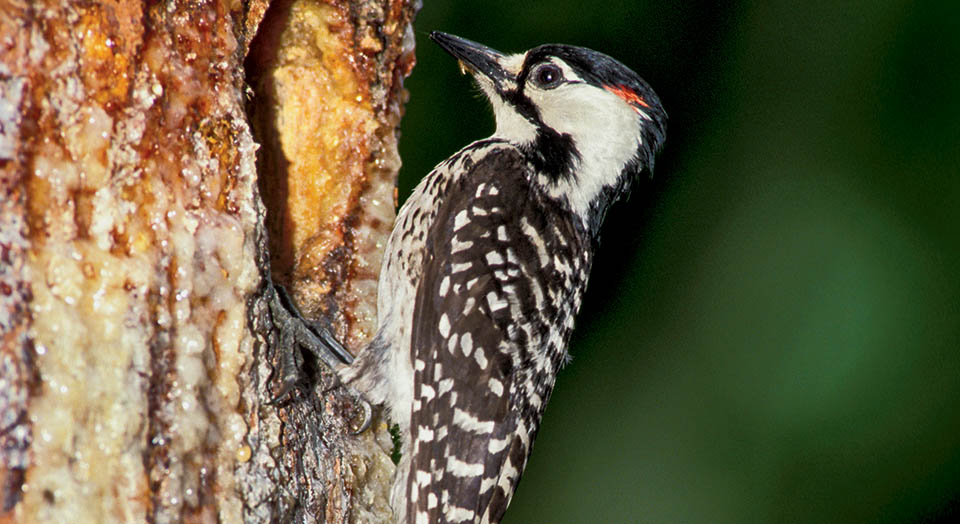
The breeding success of Red-cockaded Woodpecker has been sustained, but not improved, by an agreement between landowners in North Carolina and the US Fish and Wildlife Service.
The US Fish and Wildlife Service started the Safe Harbor programme iin 1995 to reduce conflict between private landowners and conservation officials, and to encourage those landowners to take steps to benefit endangered Red-cockaded Woodpeckers on their land. The project has successfully cut conflict over conservation and reduced the abandonment of nest clusters, but an official study and assessment have shown that, while the scheme may have raised landowners’ awareness of and tolerance for their feathered neighbours, it has largely failed to improve breeding success of birds on their land.
Virginia Polytechnic Institute and State University’s Jennifer Smith and her colleagues compared the breeding success of Red-cockaded Woodpeckers on Safe Harbor properties before and after enrolment on the programme with that on control properties, monitoring a total of 55 breeding clusters in the North Carolina Sandhills between 1980 and 2014.
Nest cluster abandonment increased on control properties while remaining constant and negligible on Safe Harbor properties, but other measures of breeding success such as clutch size, nest-failure rates and fledging success were unaffected by Safe Harbor habitat management efforts. These results suggest that the programme often failed to maintain or increase high-quality foraging habitat for the birds.
Regular fires are essential for maintaining suitable Red-cockaded Woodpecker habitat, and planned burns are not feasible on a large proportion of Safe Harbor properties in the Sandhills due to their proximity to residential areas. In addition, the researchers believe that inadequate funding may have limited the project’s impact. However, they believe the programme and the monitoring efforts that have accompanied it still have value.
“The longevity of the research project combined with the initiation of Safe Harbor has had marked benefits because it has allowed us to build relationships with private landowners,” said Kerry Brust, co-author of the paper. “Exchanges with private landowners have presented an ideal opportunity to draw attention to the listed species and the management needed for the persistence of Red-cockaded Woodpeckers.”
“This study identifies the great value that Safe Harbor has brought to Red-cockaded Woodpecker conservation but also highlights important and daunting limitations of the programme,” agreed US Forest Service biologist John Kilgo, who works on Red-cockaded Woodpecker conservation. “As these are primarily related to the funding constraints and less stringent habitat management requirements under the programme, new and creative approaches will be required if the effectiveness of Safe Harbor is to be improved.”
No comments:
Post a Comment